These Things Were Considered Normal 100 Years Ago –
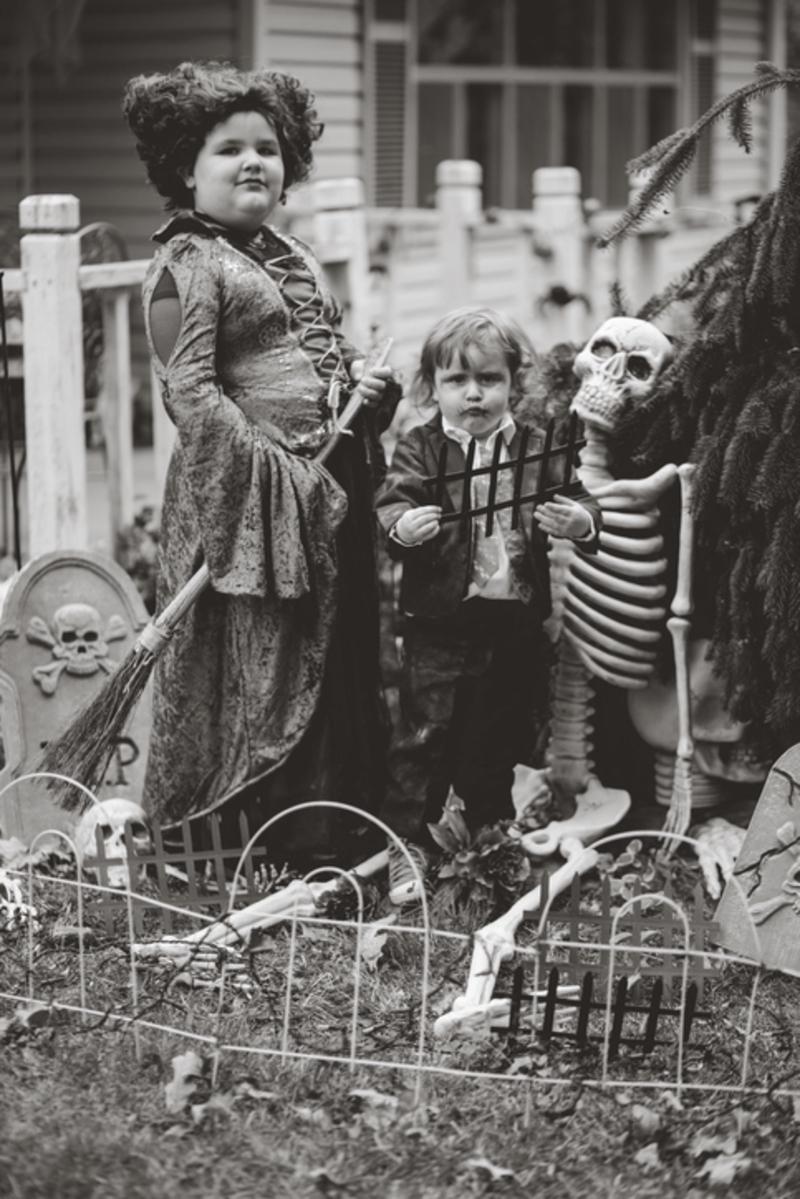


www.history-a2z.com /these-things-were-considered-normal-100-years-ago/
These Things Were Considered Normal 100 Years Ago – History A2Z
.
For humans beings, evolution is the name of the game. We evolve to survive and to adapt with the times. If we don’t, we will follow the fate of unfortunate species that have slowly died out because they simply could not cope with the changes fast enough to help themselves. Once we wielded spears and scrawled fanciful works of art on cave walls; today, we carry smartphones and tumble over things because we don’t even bother to look where we’re going. Yes, human beings just get better and better over time. Since the Industrial Revolution, things have changed at a much faster rate that sometimes it’s easy to overlook just how bizarre the world used to be.
Things that were once common and conventional now seem quite strange and downright weird at times, although it is highly likely that people who lived a hundred years would consider the things we do today just as strange and inexplicably bizarre. Unfortunately, there’s no way to actually show a person from the early 20th century a Youtube clip of somebody consuming a Tide Pod. Still, we can at least marvel at the weird habits of our recent descendants, largely because it’s all right to laugh at folks who have kicked the bucket decades ago.
Orphans Had It Rough
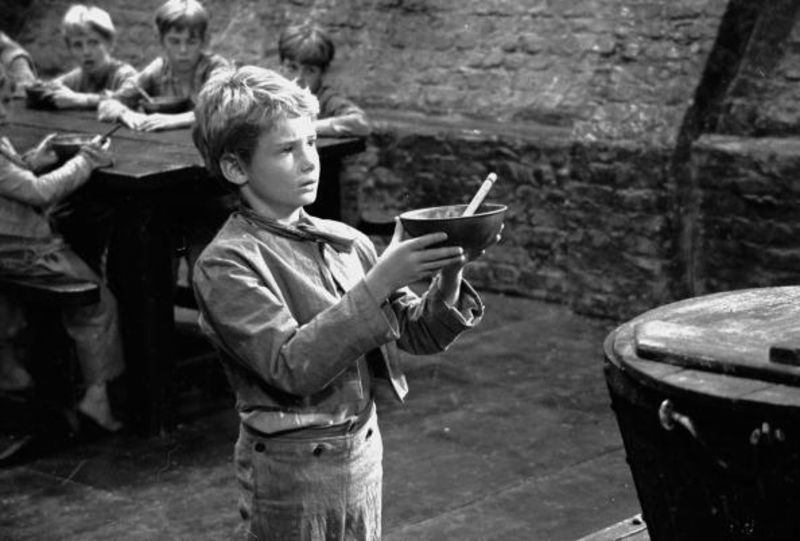
Literature abounds with stories about lowly orphans, relegated to a miserable life of scrubbing floors and chimneys and sharing a room with 25 fellow orphans, who are then fortuitously saved by benevolent millionaires (yes that's a reference to all the Annies and Oliver Twists back then). Orphanages are stock topics in children’s stories, but they’re no longer relevant or a gripping subject as they used to be. The first orphanage in America was founded in 1729, following a massacre that killed most of the adults in a Mississippi settlement. Prior to that, children who lost their parents were sent to live with family relations, were apprenticed to tradesmen or became street beggars.
The American practice of placing kids into orphanages (even though many of them were not even orphans, but rather the children of poor, single mothers) did not really start to come into question until the 1920s, according to the Virginia Commonwealth University. That was when most of the states established a program that provided “mother’s pensions.” This move enabled poor mothers to care for their own children rather than put them in institutionalized care. Authorities began to phase out orphanages in the early 20th century; however, they continue to exist in another form — today they’re known as “group homes.” These days, you’re not going to find children dressed in rags cleaning floors in any of these upgraded facilities, but you probably won’t stumble into many kind-hearted millionaires, either.
Creepy family photos
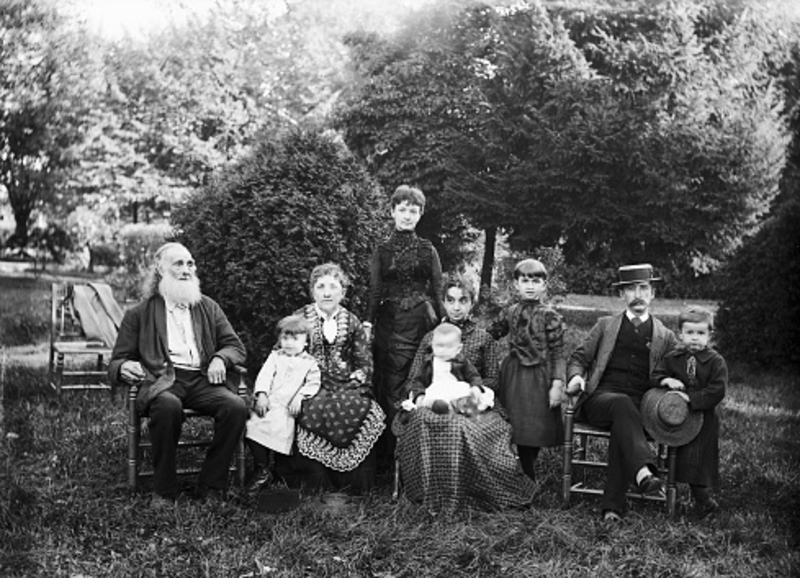
Up until the early 20th century, only wealthy families had easy access to cameras; later, when Kodak Brownie was launched, photography also became available to the middle class. At that time most people had no photos of their loved ones; consequently, when somebody died, there probably wasn’t much pictorial evidence of that individual’s existence. So the surviving family members would usually engage the services of a photographer. Most families, however, didn’t care for a photograph that made the deceased look like, really dead, often prompting the photographer to make the subject appear as lifelike as possible. Occasionally, the results were good; sometimes they just looked really spooky.
Post-mortem photography continued until the mid-20th century when New York History says standards of living started to improve. As a result, it became considerably less common for people to die suddenly before they could be memorialized in a photograph. Eventually, death photography fell out of favor (which was a good thing, really).
A Place for Non-compliant Wives and Other Crazy Folks
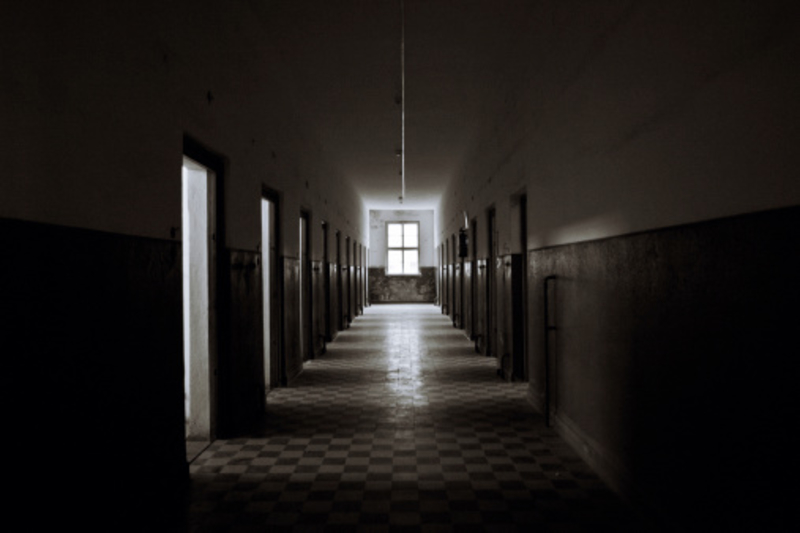
These days, insane asylums mostly exist as dilapidated abandoned structures that for some reason no one wants to transform into something practical, perhaps because of the terrifying imagery they evoke, which always seems to happen to decaying buildings that once kept their inmates in a life filled with filth and horror. On the other hand, these old buildings now seem to rank high in the esteem of photographers, so I suppose that’s always a plus. In the United States, the practice of placing people into insane asylums began to lose favor at around the same it stopped placing little children in orphanages. (Baby steps, people.)
The American Psychological Association, however, noted that in the early 20th century mentally ill individuals were largely assumed as dangerous, so if people thought you were certifiably insane (e.g., you were a female and you thought perhaps your husband’s ideas were not always the best), you were shipped off to the insane asylum where you were likely to spend the rest of your life in comfort and luxury (okay, just kidding), because it was more convenient than divorce. Obviously, not everyone who was placed there was in a similar situation — some really mentally disturbed individuals were sent there, too, but these asylums seemed more like places where people were sent to die and were hardly ever conducive for recovery. Fortunately, things started to turn around with the advent of psychotherapy and when the public began to realize that it’s not nice a nice thing to put people in insane asylums.
Because All the Wars Weren’t Violent Enough
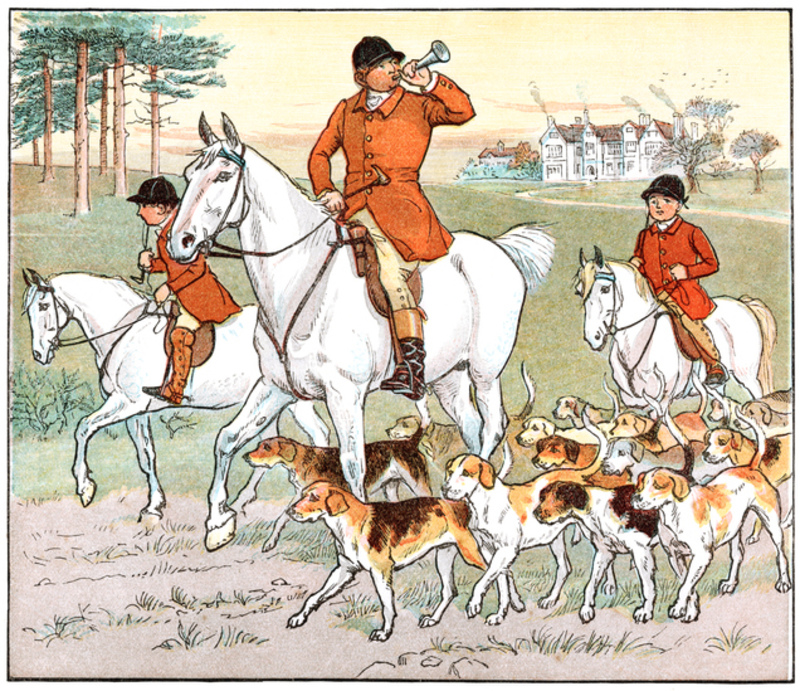
About a hundred years ago, blood sports were still considered cool. By then, aficionados had at least advanced in the sense that they no longer engaged in “fox tossing” or “goose pulling,” and mainly settled with less horrible and elaborate ways of slaughtering animals for their amusement. There is probably no need to describe these sports in detail, except to say that foxes usually got torn limb from limb by hounds at the end of the hunt and cockfighting roosters typically had razor blades attached to their feet. Now, no one is insisting that people like to watch violence, but someone really ought to remind blood sports enthusiasts that violence in HBO shows will do just as well, and anyone who doesn’t believe that has obviously never experienced the pleasure of seeing John Snow beating Ramsay Bolton’s face to a bloody pulp.
Waging Wars With Horses
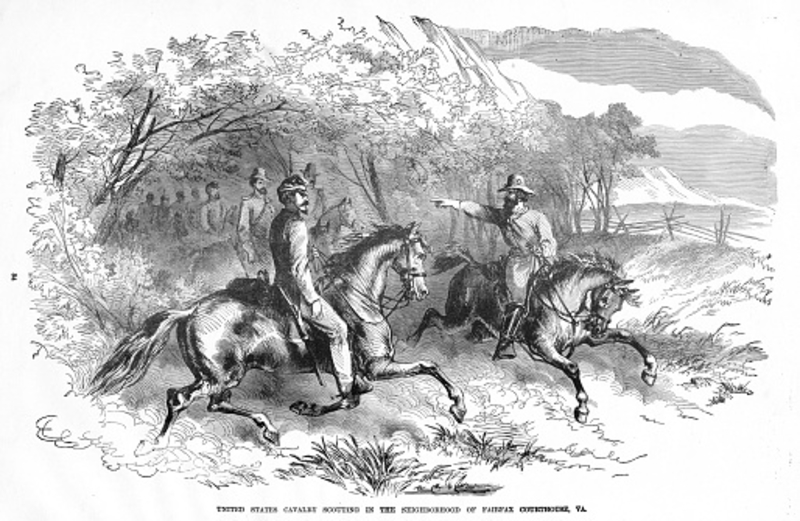
Today, the idea of soldiers riding into battle seems antiquated (in the midst of modern-day tanks and Humvees), but a century ago the horse-mounted cavalry was a common sight. In fact, during the First World War, the British, French, and Germany armed forces used the cavalry for reconnaissance and security. In the East, it was deployed in a more traditional sense (Russian forces were known to have executed at least 400 cavalry charges). In the West, however, cavalry charges were less effective. As technological advancements led to the production of more reliable tanks and other mechanized vehicles, cavalry units were eventually phased out.
Unexpectedly, though, the United States ended up fighting a long war in Afghanistan and soon realized that there are places where you can’t use a tank. USA Today reports that the US Marine Corps is reinstating mounted warfare — not to be used for cavalry charges, but as support for special forces units, who often need to move unobtrusively through difficult terrain, which is practically impossible with Humvees. Moreover, the Pentagon has even earmarked $62 million for a project that will design a robotic mule, which is a great example of overspending in the US military. Just think of how many mules you could buy for $62 million! Although, if they do have plans of staying in Afghanistan for 100 more years, perhaps these mechanical robots could later prove to be cost-effective (you never know).
When Ugly Was Considered Illegal

Getty Images
Say what? Yes, you read that right. No, that wasn’t some lame attempt at a dark, joke. One hundred years ago, in many large cities in the United States, public authorities actually thought it was a great idea to declare that it was illegal to be ugly. For example, there’s Chicago. As per the Chicago Tribune, in 1881, James Peevey felt he could no longer tolerate looking at other people’s misfortunes. So the guy with the exacting aesthetic standards proposed an ordinance to bar individuals who were “diseased, maimed, mutilated, or in any way deformed, so as to be an unsightly or disgusting object” from the city’s streets where they might make people feel distressed. If you were considered ugly to be in public, you were supposed to pay a fine of $1 to $50 (which at that time was a substantial amount); if you failed to pay, you’ll be hauled off to the poorhouse.
Public opinion against the disabled only began to change after the end of the First World War, when soldiers returned home with missing limbs and horrible scars, but legislation about ugly looks was left largely untouched and continued to be implemented until the 1950s. It wasn’t until 1974 that this law was officially struck down in Chicago. This horrible attitude directed against people’s looks remains today in the form of fat-shaming. The only good thing about it is that at least no one has been stupid enough to actually propose turning this into law.
Trick or Turkey
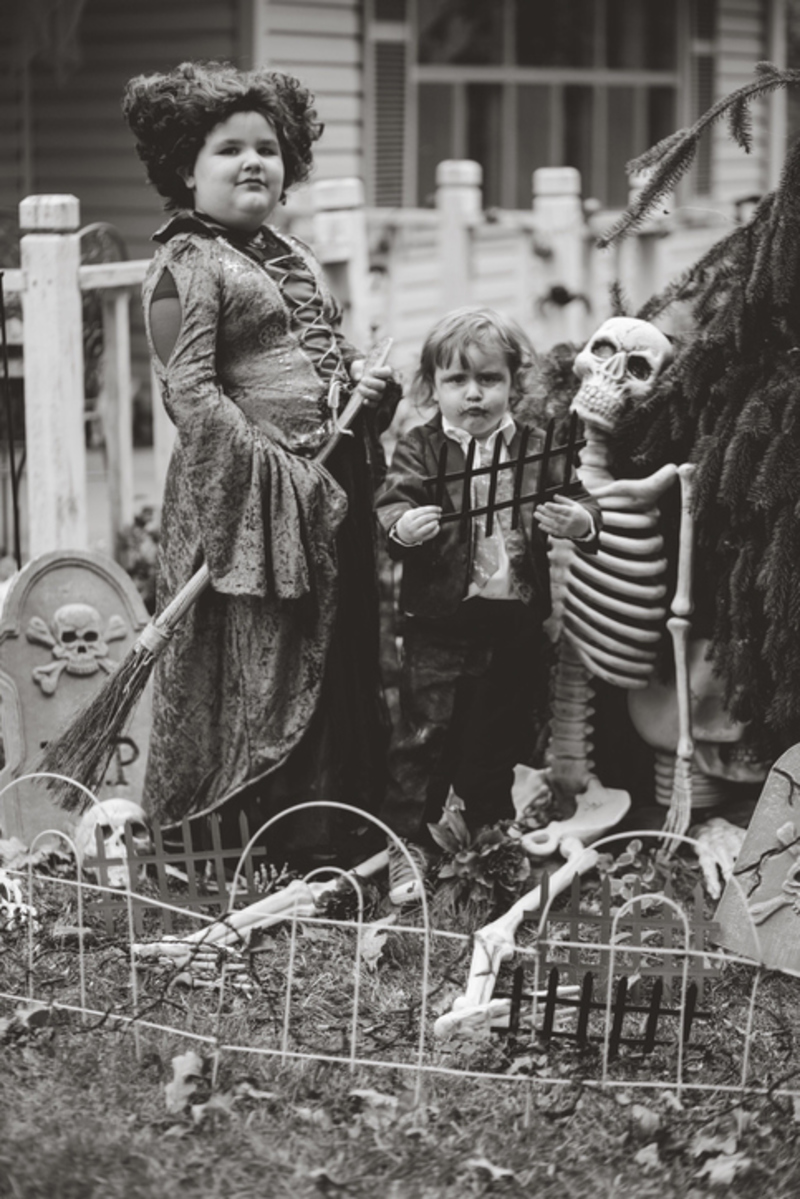
Getty Images
There is no question that Thanksgiving has always been popular in the United States, being associated with people dressing up in costumes, running around city streets while making noises, children marching around the neighborhood asking for candies, eating, drinking — the works. According to the NPR, the people loved this holiday tradition so much that in 1897 the LA Times described Thanksgiving as “the busiest time of the year for manufacturers of and dealers in masks and false faces.”
Apparently, though, the custom bothered a lot of folks. In fact, a school superintendent in New York groused that the tradition seemed to be meant to largely just “annoy adults” and was not compatible with “modernity.” (Not compatible with modernity? Ha!) Children were clearly unwilling to give up on the idea of getting all those candies, and by the 1930s the whole idea of knocking on their neighbors’ doors to ask for treats became an unstoppable Halloween tradition, although at the time it was largely an organized affair designed to discourage vandalism and violence — which explains the expression “trick or treat.”
Cigarette Ad Claims to Make Your Head Spin

A hundred years ago, it was quite common for doctors to disregard the risks of smoking (another reason for us to be thankful we weren’t born during those years). In fact, some of the words used in tobacco advertising were downright encouraging; for example, one advertisement assured smokers that cigarettes provide “temporary relief of paroxysms of asthma.” Oftentimes these ads would feature individuals who look like doctors (or least what people thought a doctor should look like) and ridiculous statements such as “20,679 physicians agree” that cigarettes are great or that “an eminent scientist writes” that cigarettes aren’t really that bad for you compared to say, a glass of water. And yet, the curious thing is that despite all these claims, these doctors and scientists have always remained unnamed. The reason why cigarette manufacturers have perpetrated these unsubstantiated assertions and lies are viewed as highly insidious.
By the early 20th century, the public began to catch on, which is quite a natural development when consumers begin to see that a product seems to be associated with people dying. What makes this even worse is that the charade continued until the 1960s, when the Surgeon General finally released a definitive warning that smoking can kill.
Waker-uppers Versus Alarm Clocks

Before alarm clocks became a thing, some people still had to get up early in the morning. While some turned to ingenious ways to ensure that they will wake up on time (e.g., the art of “over drinking” — drinking too much water before you sleep so you would wake up early to answer nature’s call), in some places (such as the UK and Ireland), according to BBC, there were actually a group of people who did this job. They were called “knocker uppers.” A knocker upper is a person who roamed the neighborhood with a long stick; to wake people up, this individual would use the stick to tap on people’s windows (presumably these people were also nimble enough to dodge all the bricks thrown at them by irate sleepers who just want to sleep a little bit longer). Interestingly, this profession persisted until the 1970s, probably because people preferred a loud tap on their windows than the insistent clamor of their alarm clocks.
Dresses Are For Everyone

A century ago, it seems that it was okay for boys to wear dresses, and some actually continued to wear dresses until they were roughly 8 years old. So, why in the world did people willingly do this to their young sons? Well, according to The Vintage News, at the time no one thought it was odd or out of place. And the practice had a practical purpose — when you are potty training a small child, it was actually more convenient when they are always wearing a dress. During the Renaissance period, this was considered even more practical because the fastenings on men’s trousers and breeches were quite complicated, and almost beyond the skills of very young children. In the late 20th century, the practice of putting boys in dresses persisted because everyone did it. After the First World War, this trend largely disappeared, although some people continued to do this in the following decades (photographic evidence is somewhat scarce, though).
Magic lantern shows: Early 20th-century PowerPoint

Before the advent of TV and other forms of electronic entertainment, when people had fewer options to entertain themselves and their friends, they were quite content with watching magic lantern shows. In fact, some people continued to appreciate this form of entertainment well into the 20th century. According to the Boston Globe, making lantern shows involved a simple technology. All it required was for the artist to paint an image on a piece of glass. Next, the image would be projected onto a screen — very much like an uncomplicated PowerPoint presentation (but one that is less likely to send you to sleep). In later years, such shows because most popular with clandestine societies. In fact, according to a single estimate, the Masons had a monthly magic lantern audience of rough 6 million. Predictably, as films gained widespread popularity, magic lantern shows also became less popular.


Kids today dont know what to make of a record player. I wonder what they would think of one of these.
On the opposite end of the spectrum, people from back then would freak out at what we have now.
A levitating turntable.
"A knocker upper is a person who roamed the neighborhood with a long stick; to wake people up"
Sounds like sleep assault to me...
But seriously, I hadn't read about the "ugly laws" before, but I'm not surprised. A lot of people were serious dicks to others back then and sadly there seems to be a resurgence of that trend recently.
They are trying to "Make America Great Again"
Some things really never change. The newness is just a revived opiate for mass consumption.
Then there are 'flash bangs', rubber bullets and tear gas so one can hold a bible in various positions.
Boys Reform Schools
In the early 1900s, the New York City Board of Education decided to establish a Parental School. The purpose was to place troubled students in a residential institution that would perform the role that the boys’ parents were considered either unable or unwilling to perform.
The City purchased a farm for the Parental School in an area of Queens called Flushing Hill. The farm’s previous owner was Kane & Wright , a “manure dealers” firm. In an interesting coincidence, the company’s partner Robert J. Wright had been New York City’s first Department of Correction commissioner in the 1890s.
The new school opened in 1909 with a main administration building, three dormitories referred to as cottages, and a power plant. They were designed in a Mission Revival style by C.B.J. Snyder , Superintendent of School Buildings. In the 1920s, more cottages were added that followed Snyder’s original plan . The school buildings were designated by letters.
In 1934, the new mayor, Fiorello LaGuardia , received letters alleging mistreatment of students at the Parental School. Although the school denied the allegations and a Board of Education report cleared the school, a Grand Jury found evidence of widespread problems and recommended the school be completely reformed or closed.
Among the Grand Jury’s findings: some staff engaged in “entirely unwarranted use of corporal punishment;” the “regular school work is pathetic;” and the boys were served “badly prepared food” with “an almost complete lack of appreciation of the food requirements of growing boys.”
Soon after, the Parental School closed.
This is now part of the campus of Queens College were I got my BA in Accounting/Economics.
One cool (or not so cool) fact, it that there were tunnels that connected the original 5 buildings of the campus. There was a time when students could use them to go from one building to another. Down there were all the instruments of "reeducation" otherwise known as torture. A dirty peak into the past.
Cameras of the 1920s and 1930s
Cameras now
The postmortem pictures are really creepy. I looked at a bunch one time. People would prop up the dead and pose them.